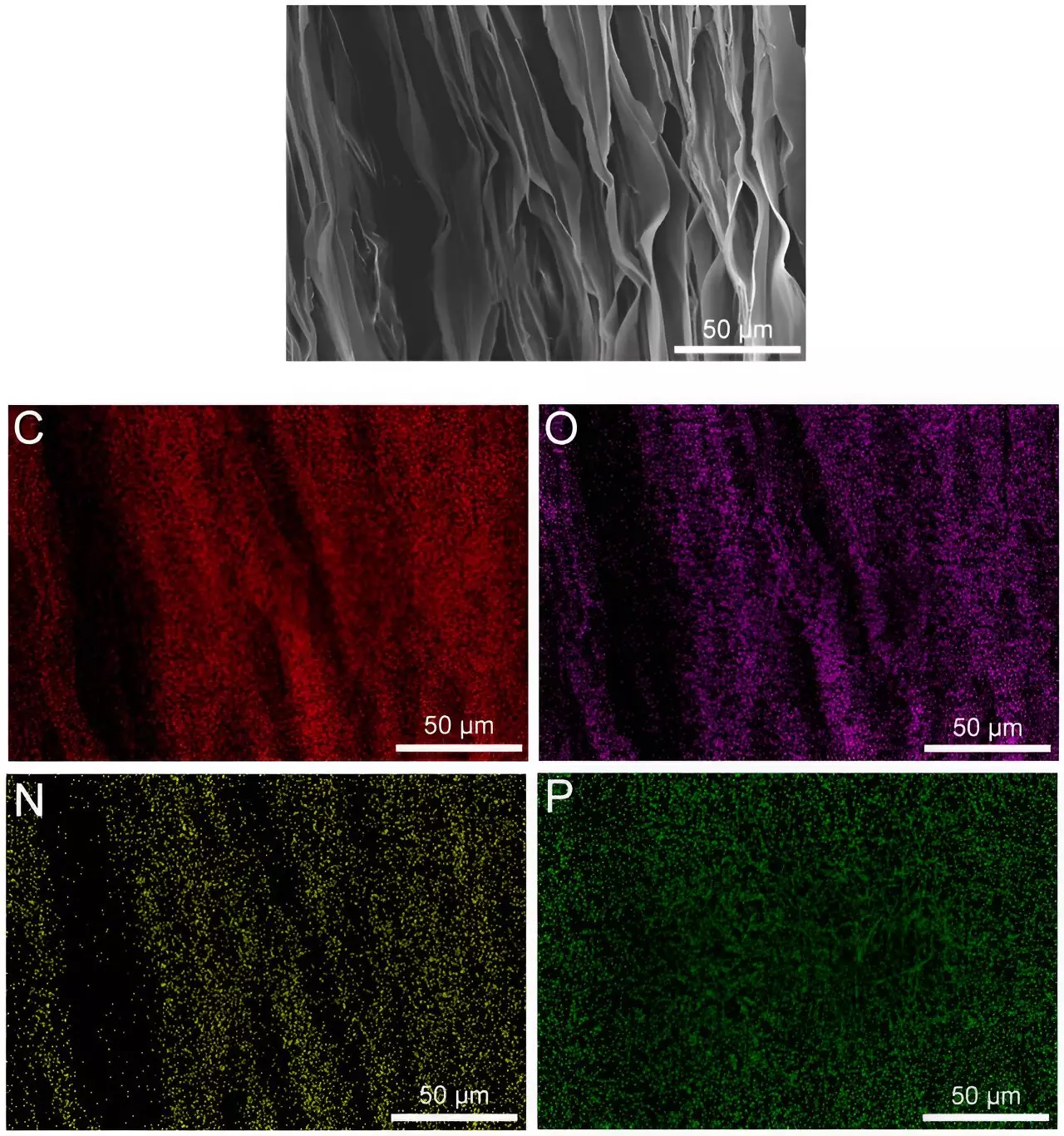In a groundbreaking study conducted by a team of chemists and materials scientists at Sichuan University, a photoluminescent aerogel with a visible light reflectance of 104% was developed. This innovative material has the potential to revolutionize the way we approach passive radiative cooling and offers a promising solution to the challenges posed by climate change.
As the global climate continues to warm, the need for effective cooling solutions becomes increasingly urgent. Traditional cooling methods often rely on energy-intensive processes, contributing to greenhouse gas emissions and exacerbating the climate crisis. Passive radiative cooling materials, on the other hand, offer a sustainable alternative that harnesses the cooling properties of materials themselves, reducing the need for artificial cooling systems.
The photoluminescent aerogel developed by the research team in China is a result of combining freeze-dried salmon sperm DNA with gelatin to create a structured aerogel with remarkable light-reflecting properties. Through the process of photoluminescence, the material is able to absorb photons in the visible region and emit light, allowing it to reflect more light than it receives.
One of the key advantages of the photoluminescent aerogel is its self-healing capacity, which is activated by the addition of water. This makes it a durable and environmentally friendly material that can be applied to various surfaces for cooling purposes. The researchers found that by coating a structure with the aerogel, the surface temperature could be lowered by up to 16°C below ambient temperature, demonstrating its potential for real-world applications.
The development of the photoluminescent aerogel for passive radiative cooling represents a significant advancement in the field of materials science. By leveraging the unique properties of biomaterials and photoluminescence, the research team has introduced a promising solution for sustainable cooling that has the potential to mitigate the effects of climate change. It is clear that further research and development in this area will be crucial in creating a more sustainable and environmentally friendly future.


Leave a Reply